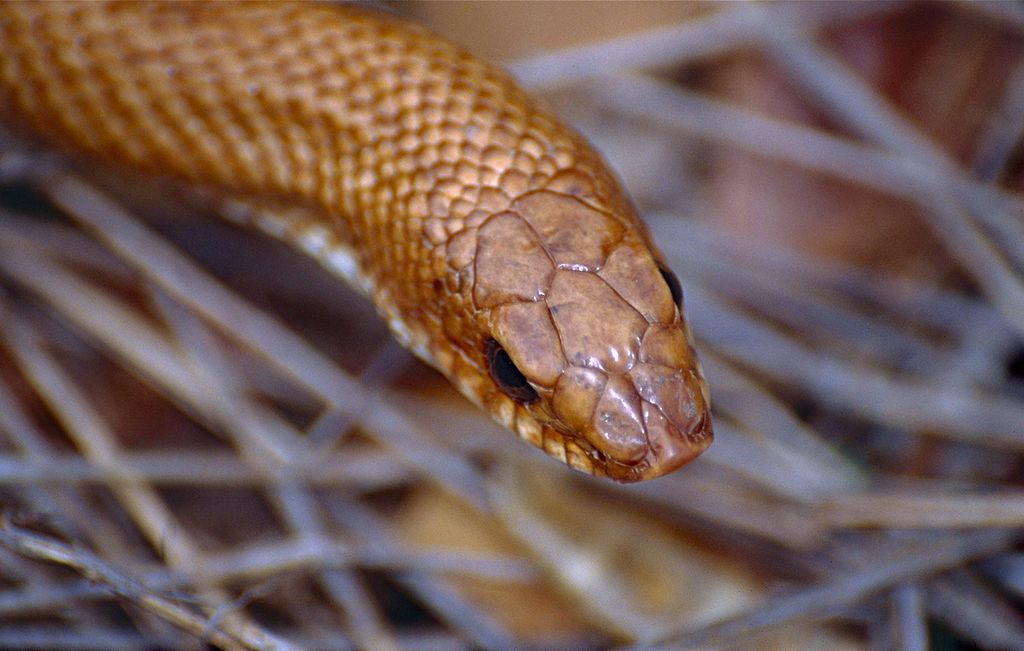Snakes are fascinating creatures with unique adaptations that allow them to consume prey many times their own diameter. One of the most intriguing aspects of snake behavior occurs immediately after they’ve consumed a meal. The dramatic physical changes caused by ingesting sometimes enormous prey items necessitate significant adjustments to how these reptiles move. Unlike mammals who might simply feel sluggish after a big meal, a snake’s entire locomotion pattern undergoes remarkable transformations. This article explores the fascinating ways a snake’s movement patterns change following a feeding event, examining the physiological, behavioral, and survival implications of post-meal mobility.
The Physical Transformation After Feeding

When a snake consumes prey, its body undergoes a dramatic physical transformation that directly impacts its ability to move. The ingested prey creates a noticeable bulge that can double or even triple the diameter of the snake at that point, creating an obvious physical impediment to normal movement. This bulge significantly alters the snake’s center of gravity, forcing it to adapt its locomotion patterns to accommodate the new weight distribution. The expanded girth also limits the snake’s flexibility at the site of the meal, restricting the smooth, wavelike motion that characterizes typical serpentine movement. Additionally, the skin stretches considerably to accommodate the meal, temporarily changing the snake’s physical proportions and creating a mechanical challenge for efficient locomotion.
Reduced Speed and Mobility
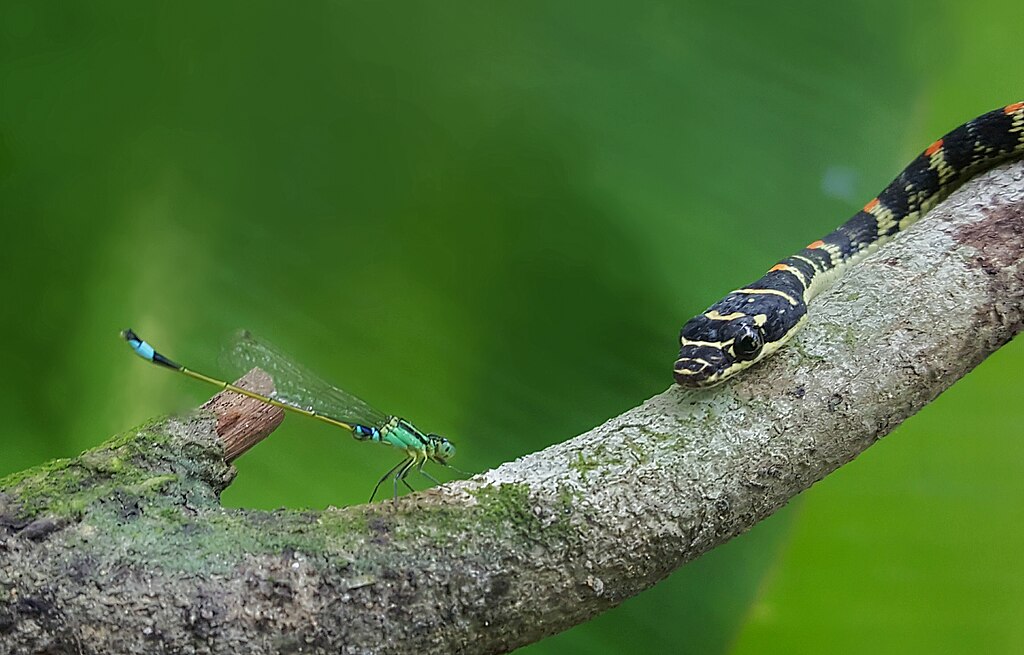
Perhaps the most obvious change in a snake’s movement after eating is a significant reduction in speed and overall mobility. Studies have shown that some snake species may experience up to a 70% decrease in maximum crawling speed after consuming a large meal. This dramatic slowdown occurs because the mechanics of serpentine locomotion rely on the snake’s ability to form curves with its body, using these undulations to push against surface irregularities and propel itself forward. With a large food bulge limiting flexibility, these undulations become less efficient and more energetically costly. The reduced mobility may persist for several days, gradually improving as digestion progresses and the bulge diminishes. For particularly large meals, normal locomotive capacity may not fully return until digestion is complete, which can take up to two weeks in some species.
Changes in Locomotion Patterns
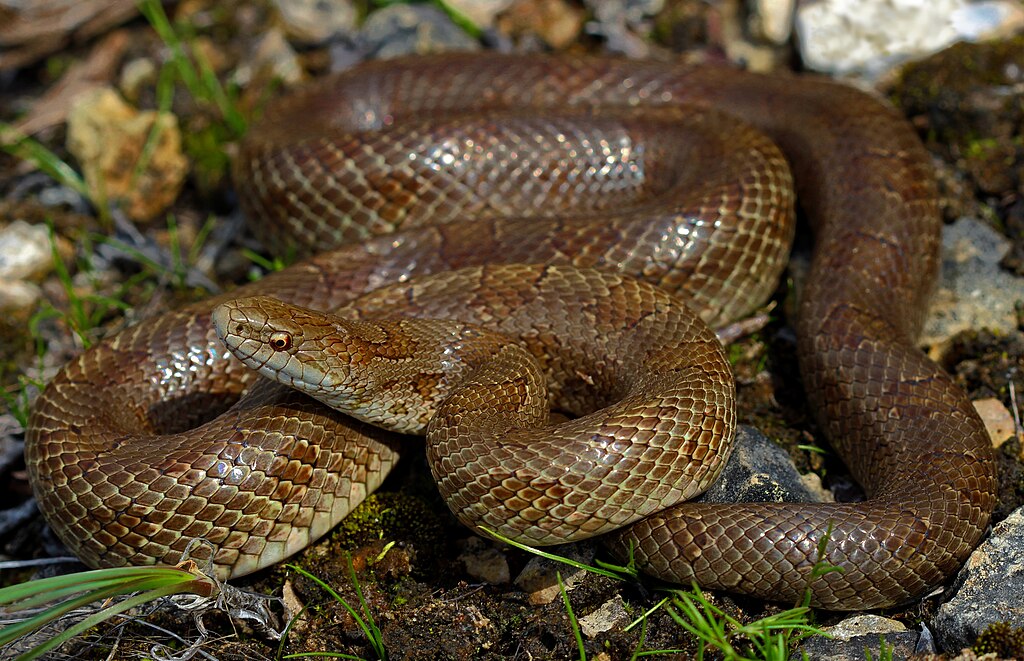
Snakes typically employ four main types of locomotion: lateral undulation (serpentine movement), rectilinear progression, sidewinding, and concertina movement. After feeding, many snakes must switch between these different locomotion patterns to accommodate their changed physique. For example, a snake that typically uses lateral undulation might temporarily switch to rectilinear movement after consuming a large meal. Rectilinear progression involves using the belly scales to grip the ground and pull the body forward in a straight line, which can be more effective when a food bulge prevents efficient side-to-side movement. This shift in locomotion pattern represents a remarkable adaptive capability, allowing snakes to remain mobile even when physically compromised. Interestingly, some specialized snake species have evolved locomotion methods that are less affected by feeding, giving them an evolutionary advantage in certain environments.
Increased Energy Expenditure
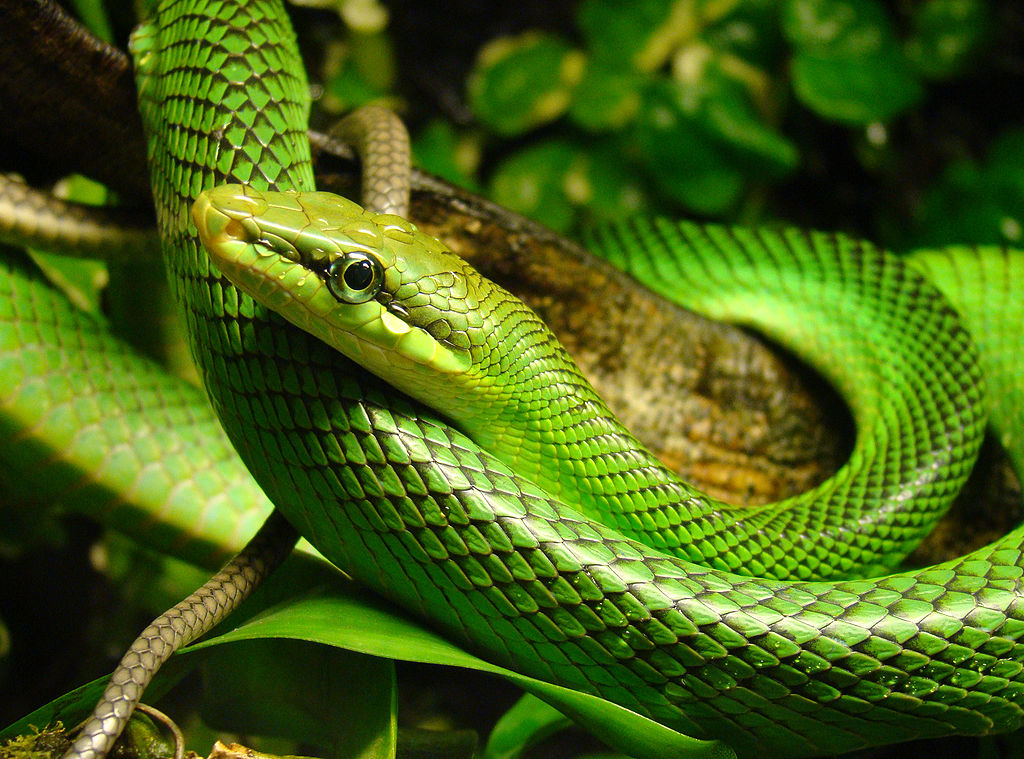
Moving after a large meal requires significantly more energy than normal locomotion for a snake. Research has demonstrated that the metabolic cost of movement can increase by 30-40% following feeding, creating a substantial energetic burden. This increased energy expenditure occurs at precisely the time when the snake is already allocating considerable metabolic resources toward digestion, creating competing demands on the animal’s energy reserves. The physiological process of digestion itself, known as specific dynamic action (SDA), can increase a snake’s metabolic rate by up to 44 times its resting rate, making movement even more costly. To compensate for this energetic challenge, most snakes dramatically reduce voluntary movement after feeding, entering a period of relative inactivity that allows them to direct metabolic resources toward the efficient processing of their meal.
Thermal Regulation Behaviors
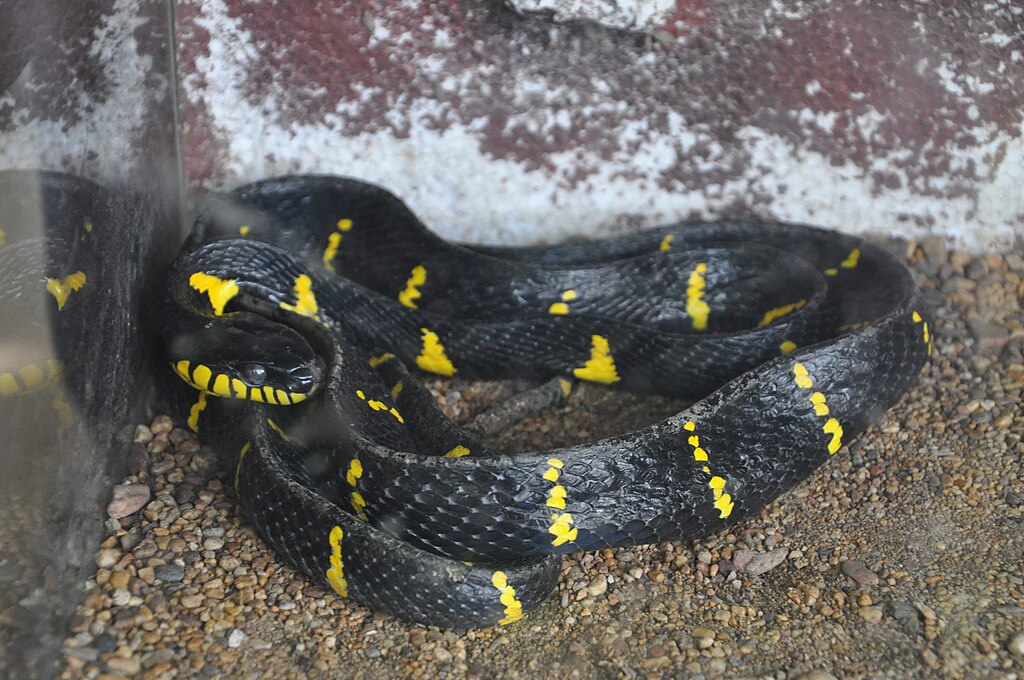
After consuming a meal, snakes often change their thermoregulatory behaviors, which directly impacts their movement patterns. Many species will actively seek out warmer microhabitats following feeding, as elevated body temperatures can accelerate the digestive process. This thermoregulatory imperative may cause a snake to move more frequently between sun and shade, or to relocate to a more thermally favorable location immediately after feeding, before settling into digestive inactivity. For example, pythons and boas have been observed to bask more extensively after consuming prey, raising their body temperature by several degrees compared to pre-feeding conditions. Such temperature-seeking behavior represents one of the few types of movement that actually increases in frequency immediately after feeding, running counter to the general trend toward reduced mobility.
Vulnerability to Predation
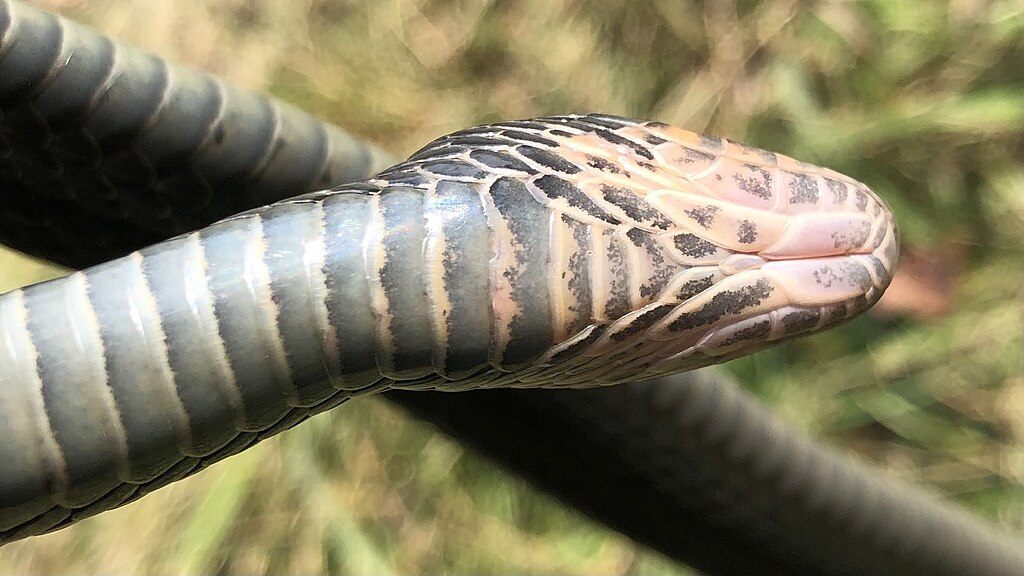
The reduced mobility that follows feeding significantly increases a snake’s vulnerability to predation, creating a critical survival challenge. With escape speeds diminished by 50-70%, a recently-fed snake may be unable to effectively flee from potential predators. This vulnerability is compounded by the fact that the distinctive bulge created by a large meal makes the snake more visible to predators, while also preventing it from utilizing tight hiding spaces that might otherwise provide protection. Field studies have documented higher predation rates on snakes during the post-feeding period, highlighting the survival cost of temporarily compromised mobility. To mitigate this vulnerability, many snake species compensate behaviorally by seeking secure hiding places immediately after consuming prey, often remaining in these protective locations until digestion has progressed sufficiently to restore normal mobility.
Aquatic Movement Adaptations
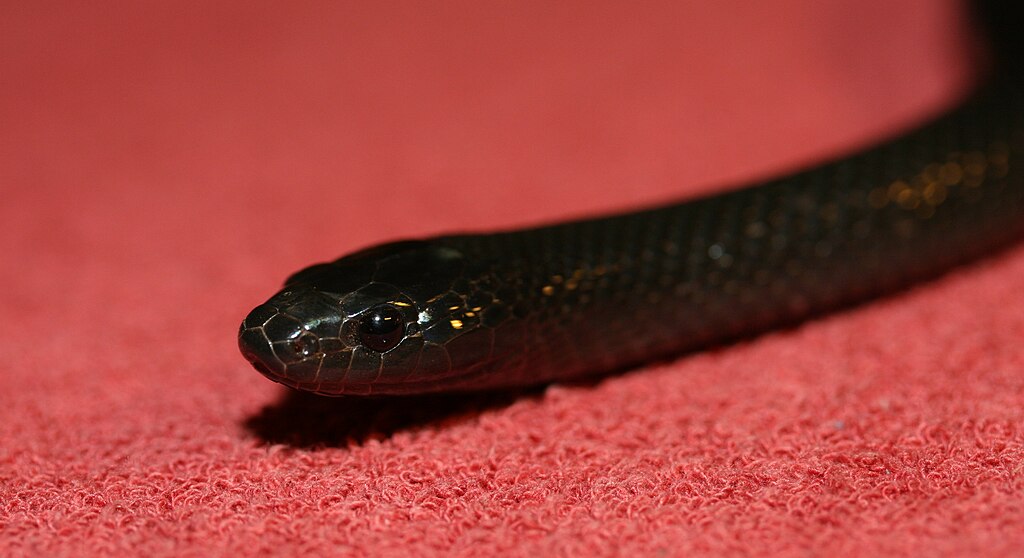
For aquatic and semi-aquatic snake species, movement changes after feeding present unique challenges and adaptations. Water snakes and sea snakes experience buoyancy changes after consuming prey, which can affect their ability to maintain position in the water column or swim efficiently. Some aquatic species have been observed to modify their swimming patterns after feeding, using more vertical undulations to counteract the uneven weight distribution caused by prey items. Interestingly, certain aquatic snake species appear less movement-compromised after feeding than their terrestrial counterparts, possibly because water provides more support for their bodies, reducing the mechanical challenges of moving with an enlarged midsection. For sea snakes, which typically feed on fish, the streamlined shape of their prey also creates less dramatic bulges than the mammal prey consumed by many terrestrial species, resulting in less pronounced post-feeding movement limitations.
Digestion’s Timeline and Movement Recovery
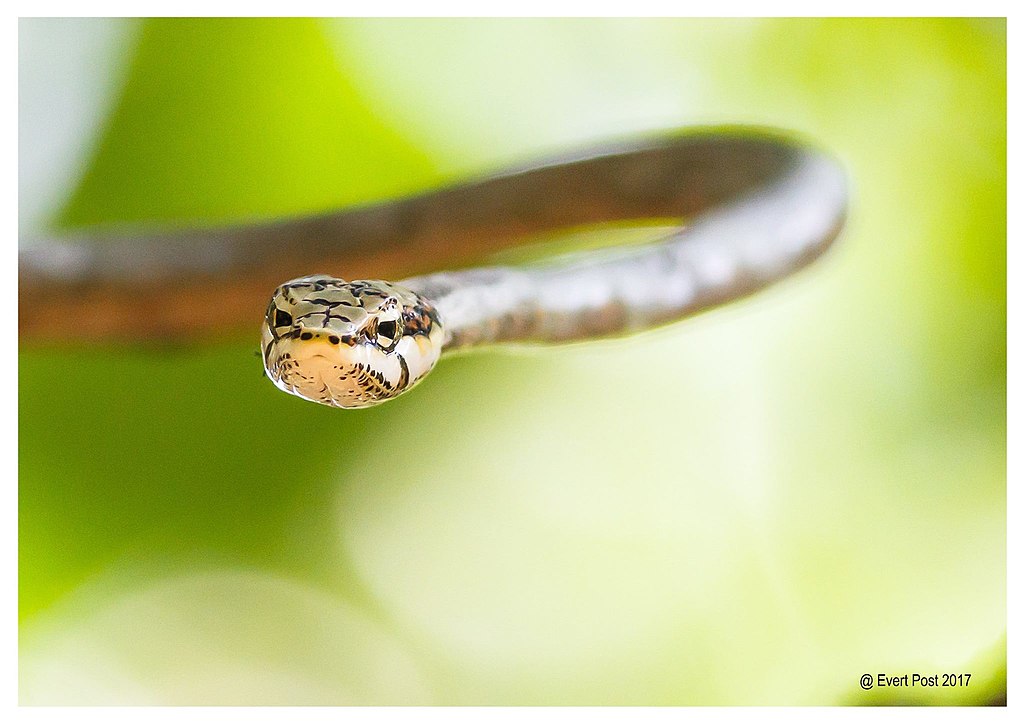
The recovery of normal movement capabilities follows a predictable timeline that corresponds with the digestive process. During the first 24-48 hours after feeding, movement is most severely restricted, coinciding with the initial stages of digestion when the prey item remains largely intact. As digestion progresses, the food bulge gradually diminishes in size and shifts position within the snake’s body, allowing for the progressive restoration of flexibility and locomotive efficiency. For smaller meals, normal movement may resume within 3-4 days, while larger meals might impair mobility for 7-14 days. This recovery timeline varies considerably among species and is influenced by environmental temperature, with warmer conditions accelerating both digestion and the return to normal mobility. Research using radiographic imaging has revealed that the migration of the food mass through the snake’s digestive tract creates a dynamic pattern of changing movement capabilities over time.
Species-Specific Movement Differences

The extent and nature of movement changes after feeding vary dramatically among different snake species, reflecting evolutionary adaptations to specific ecological niches. Ambush predators like vipers and pythons typically experience more pronounced mobility reductions after feeding compared to active foragers like rat snakes or racers. This difference likely reflects the fact that ambush hunters naturally spend less time moving and have evolved digestive systems adapted for processing large, infrequent meals. Arboreal species face particular challenges after feeding, as their specialized adaptations for tree-dwelling life become compromised by the weight and bulk of a large meal. For example, tree boas and pythons may temporarily descend to the ground after consuming large prey, as the additional weight makes maintaining position in trees energetically costly and physically challenging. Desert-dwelling sidewinders maintain relatively better post-feeding mobility than many other species, likely reflecting an adaptation to environments where prolonged immobility could lead to lethal overheating.
Respiratory Adaptations During Movement
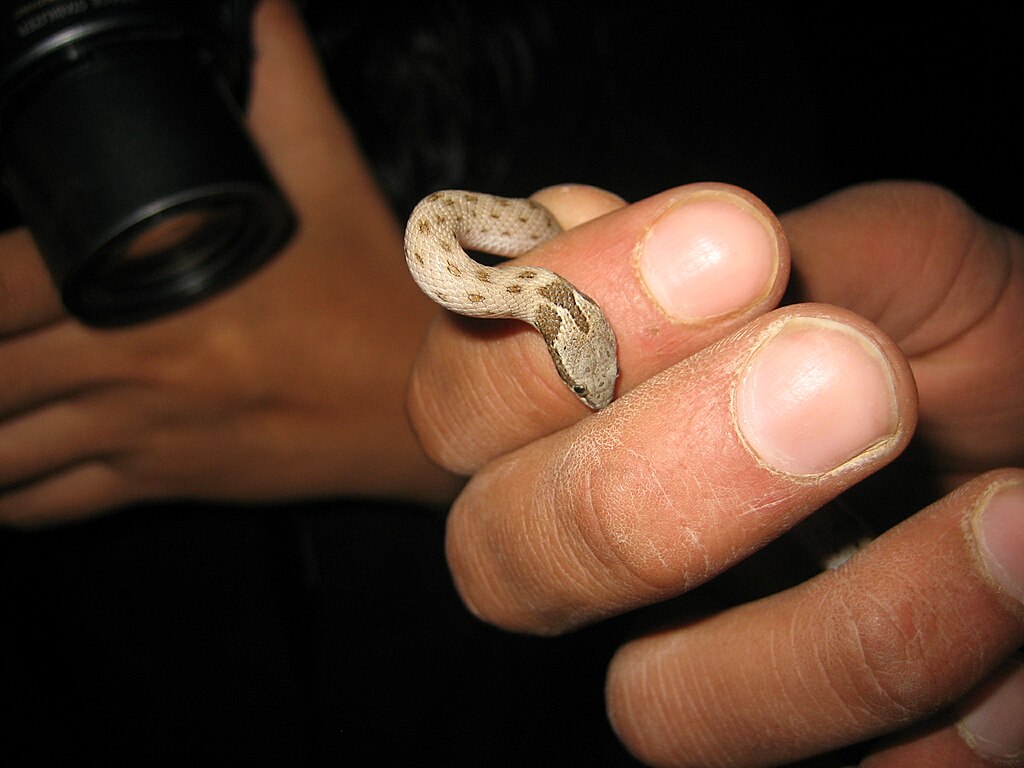
A large meal significantly impacts a snake’s respiratory system, necessitating adaptations in how it breathes during movement. Snakes possess a single functional lung that extends along much of their body length, and a large food item can compress this lung, reducing respiratory capacity. To compensate, recently-fed snakes often exhibit altered breathing patterns during movement, taking more frequent and shallower breaths compared to their pre-feeding state. This respiratory adaptation is particularly evident in active movement situations, where oxygen demands increase despite compromised lung function. Interestingly, some snake species possess anatomical adaptations that help mitigate this problem, including specialized tracheal structures that extend beyond the food mass, ensuring airflow even when the main lung is partially compressed. These respiratory modifications represent yet another way snakes have evolved to remain functional even when physically challenged by the presence of large prey items in their digestive tract.
Hunting Behavior After Meals
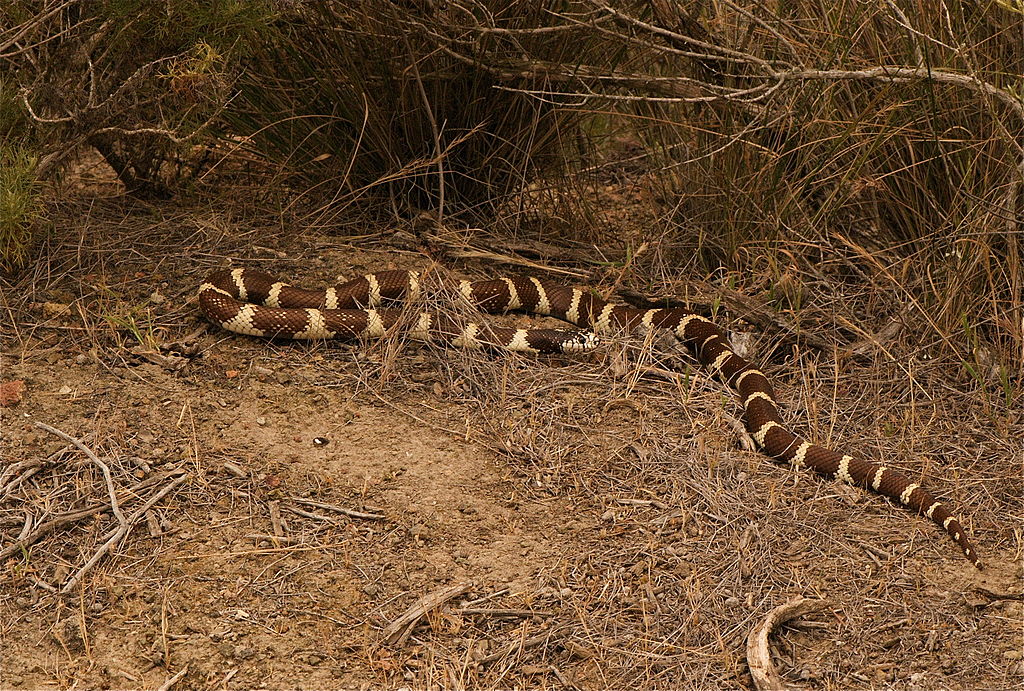
Following a substantial meal, most snake species enter a period during which they cease hunting behaviors entirely, representing a dramatic change from their pre-feeding movement patterns. This hunting cessation is most pronounced in species that consume large prey relative to their body size, with some pythons and vipers abstaining from hunting for weeks after a significant meal. The temporary abandonment of hunting behavior makes evolutionary sense, as it allows the snake to direct energy toward digestion rather than the energetically costly activities of searching for and subduing prey. For snakes that consume smaller, more frequent meals, the hunting hiatus may be considerably shorter, sometimes lasting only a few days. Field studies using radio telemetry have documented significant reductions in home range size during post-feeding periods, with movement increasingly restricted to thermoregulatory shuttling between sun and shade rather than prey-seeking behaviors. This temporary shift in behavioral priorities highlights how profoundly feeding influences a snake’s activity patterns.
Climbing and Arboreal Movement Changes
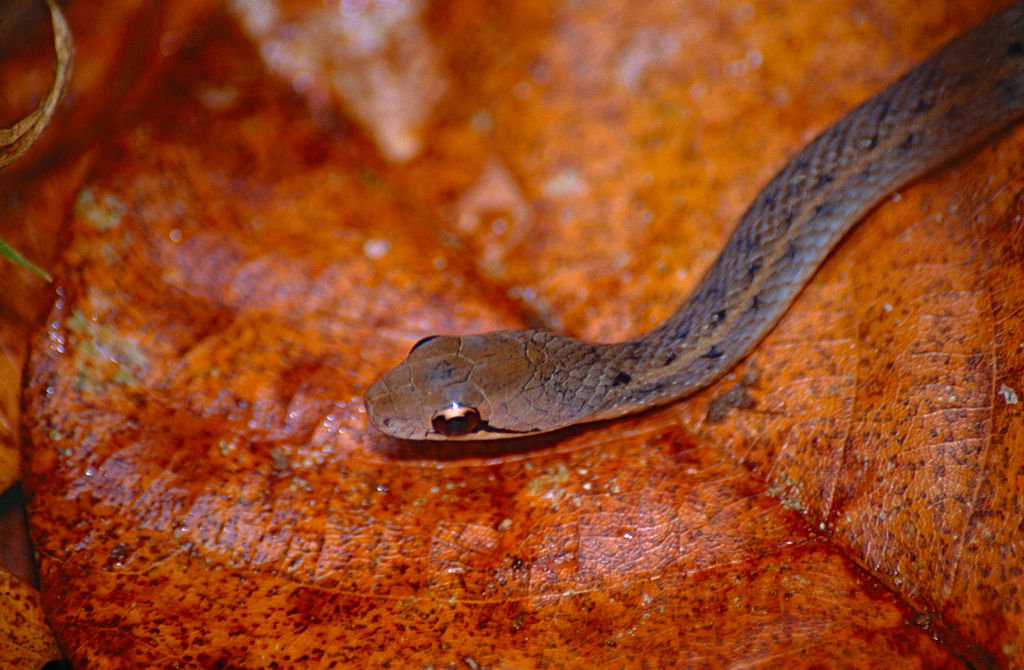
Arboreal snake species face unique challenges when moving after consuming a meal, as their specialized adaptations for tree-dwelling become compromised by the added weight and changed body proportions. Climbing ability is severely restricted following large meals, with studies showing that some arboreal species may experience up to an 80% reduction in vertical climbing speed. The mechanics of arboreal locomotion, which typically involve forming loops around branches and precise weight distribution, become particularly difficult when a food bulge prevents the formation of tight curves with the body. Many tree-dwelling snakes compensate by temporarily relocating to lower heights or even to the ground after feeding, returning to their arboreal lifestyle only as digestion progresses. For example, green tree pythons, which normally spend almost all their time in trees, have been observed to descend to lower perches after consuming large prey, reducing both the energy costs and falling risks associated with compromised climbing ability.
Evolutionary Implications of Post-Feeding Movement
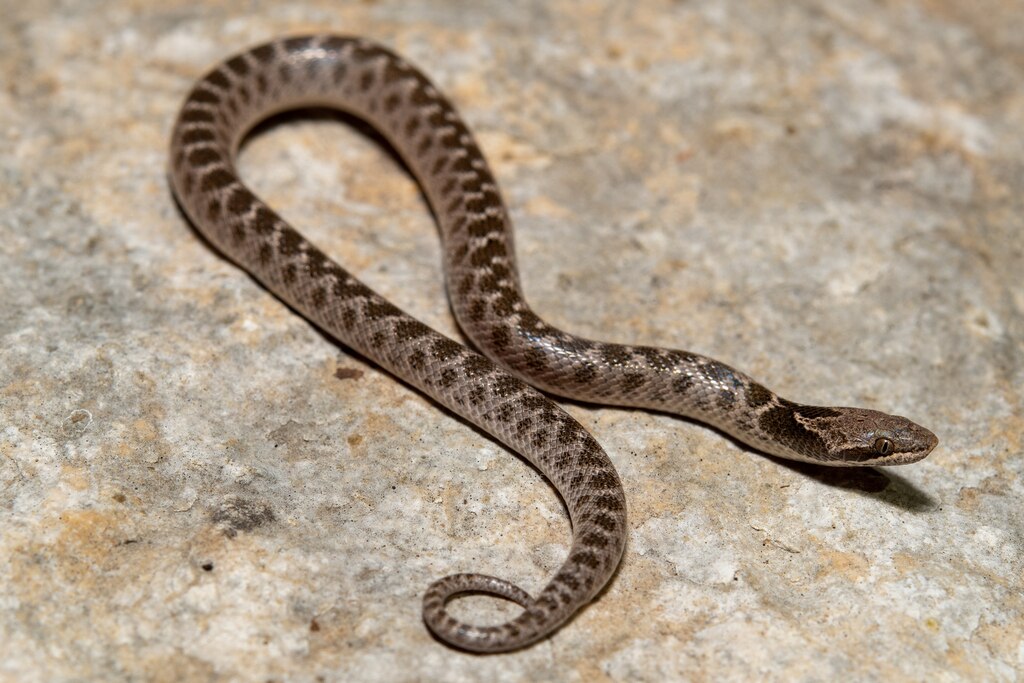
The movement limitations that follow feeding have played a significant role in the evolutionary development of different snake species and their ecological niches. The trade-off between consuming large meals (which provides more energy but severely restricts movement) versus smaller, more frequent meals (which maintain better mobility) has led to diverse feeding strategies across snake families. Ambush predators have evolved to capitalize on infrequent feeding opportunities, developing adaptations that minimize the survival costs of post-feeding immobility, such as effective camouflage and defensive behaviors that don’t require rapid movement. Conversely, active foragers have evolved toward consumption of smaller prey items that cause less dramatic mobility impairment. The post-feeding vulnerability window has also likely driven the evolution of behavioral adaptations, including the selection of secure digestion sites and timing feeding events to minimize exposure to predators. These evolutionary patterns highlight how the mechanical and energetic challenges of moving after eating have shaped snake biology across millions of years of adaptation.
Conclusion

The dramatic changes in a snake’s movement following a meal represent a fascinating example of the compromises inherent in extreme feeding adaptations. From the slowing of locomotion speed and changes in movement patterns to increased energetic costs and vulnerability, post-feeding mobility challenges illustrate the complex interplay between feeding, digestion, and survival in these remarkable reptiles. These adaptations showcase the evolutionary balancing act snakes maintain – the ability to consume exceptionally large prey offers significant energetic advantages but comes with substantial, if temporary, costs to mobility and predator avoidance. Understanding these movement changes not only provides insight into snake biology but also highlights broader principles about evolutionary trade-offs that shape animal morphology and behavior. As with many aspects of natural history, the simple observation of a snake’s sluggish post-meal movement reveals a complex web of adaptations that have evolved over millions of years.

